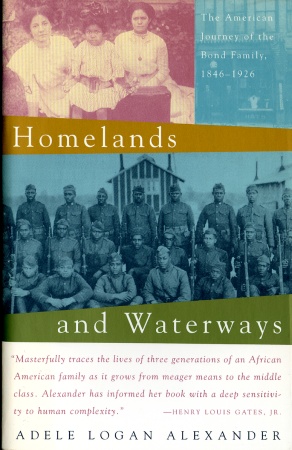Husband And Wife Duo Paved The Way For Blacks In Diplomacy [Interview with Adele Logan Alexander]Posted in Biography, History, Interviews, Live Events, Media Archive, Social Science, United States, Women on 2010-02-22 04:53Z by Steven |
Husband And Wife Duo Paved The Way For Blacks In Diplomacy [Interview with Adele Logan Alexander]
Tell Me More
National Public Radio
2010-02-10
Michel Martin, Host of Tell Me More
with
Adele Logan Alexander, Professor of History
George Washington University

Tell Me More continues its Black History Month series with a conversation with Adele Logan Alexander. Alexander is professor of history at George Washington University and a member of the National Council on the Humanities. She’s also author of “Parallel Worlds,” a new book that details the lives of married couple William Henry Hunt and Ida Gibbs Hunt. William Henry Hunt was the first African-American to have a complete career in U.S. diplomacy; Ida Gibbs Hunt was an intellectual on world issues.
…MARTIN: And I have to ask you a question, which might be a delicate one for some people, which is these were both very light-skinned people.
Prof. ALEXANDER: Yes.
MARTIN: And, you know, this is an issue which has kind of newly surfaced because of, you know, Senate Majority Leader Harry Reid’s comments about Senator Obama, or rather President Obama’s complexion. But I do want to ask whether these two people moved in the world as African-Americans, or were they seen as white? Were they passing?
Prof. ALEXANDER: I am convinced, and many other sources that I quote in this book are convinced that one of the reasons he lasted so long with the State Department was that they really weren’t quite 100 percent sure. But one of the tricky points with this comes when what do you do when people simply assume in a world where you don’t think in the middle of France, where certainly the local people didn’t run into African-Americans all of that time – here is this sophisticated man, here is this consul who likes to do sporting things and ride horses and eat fine food and wine. He is not part of their image of what a black man is supposed to be. And, of course, in France a lot of the things that black people were pictured as had to do with their colonial visions, and they didn’t fit this picture…
Listen to the interview and/or read the transcript here.
